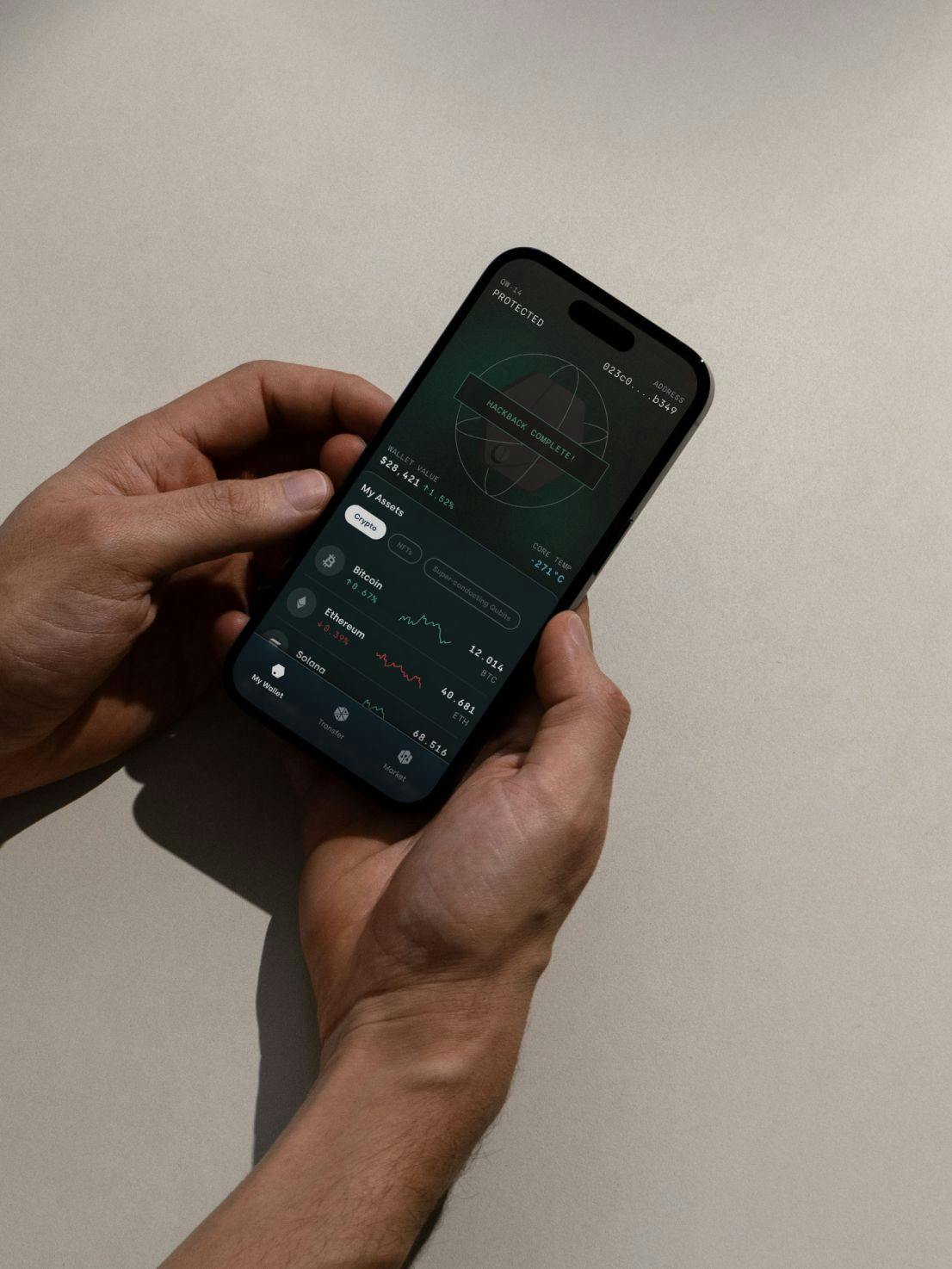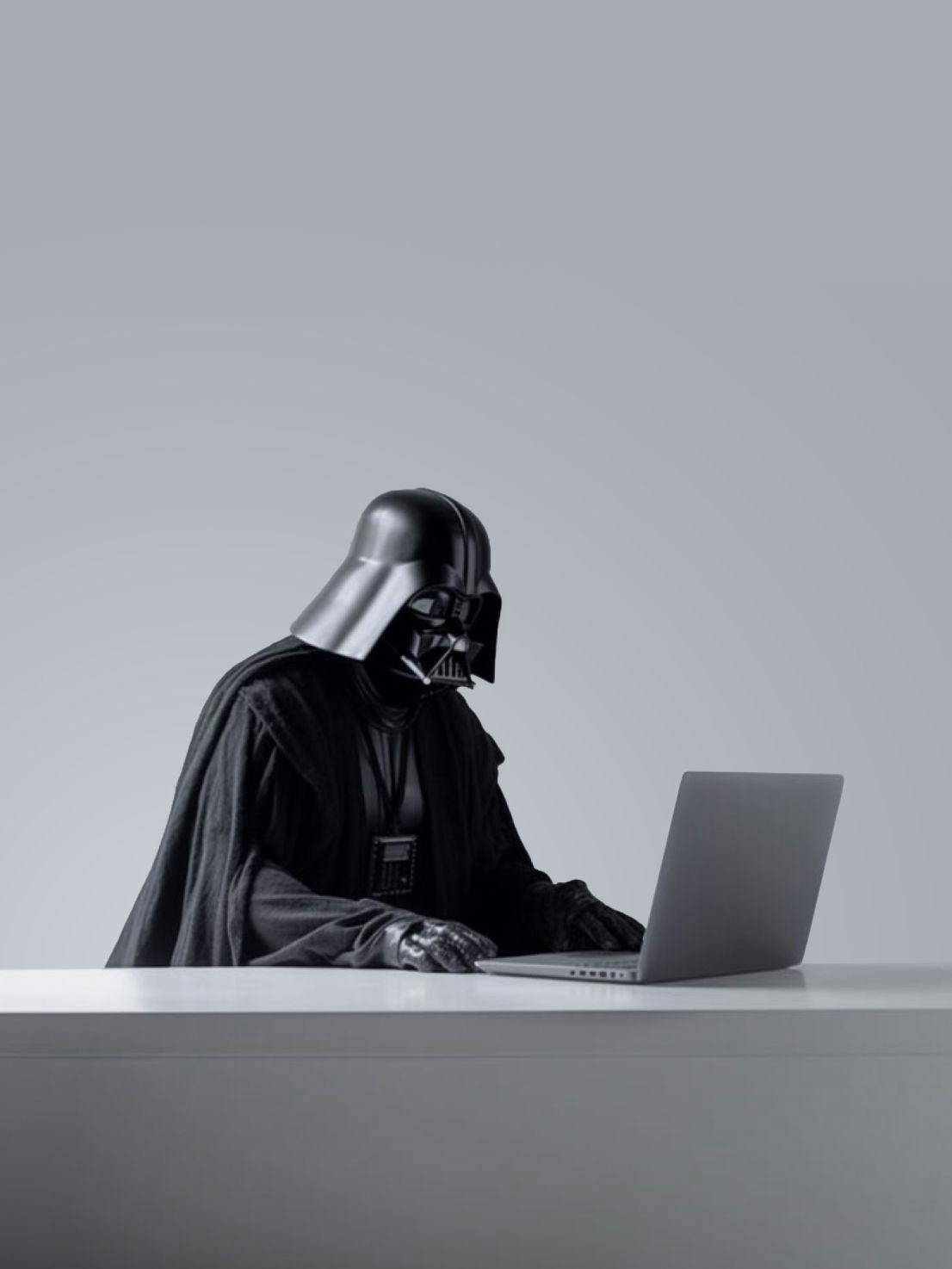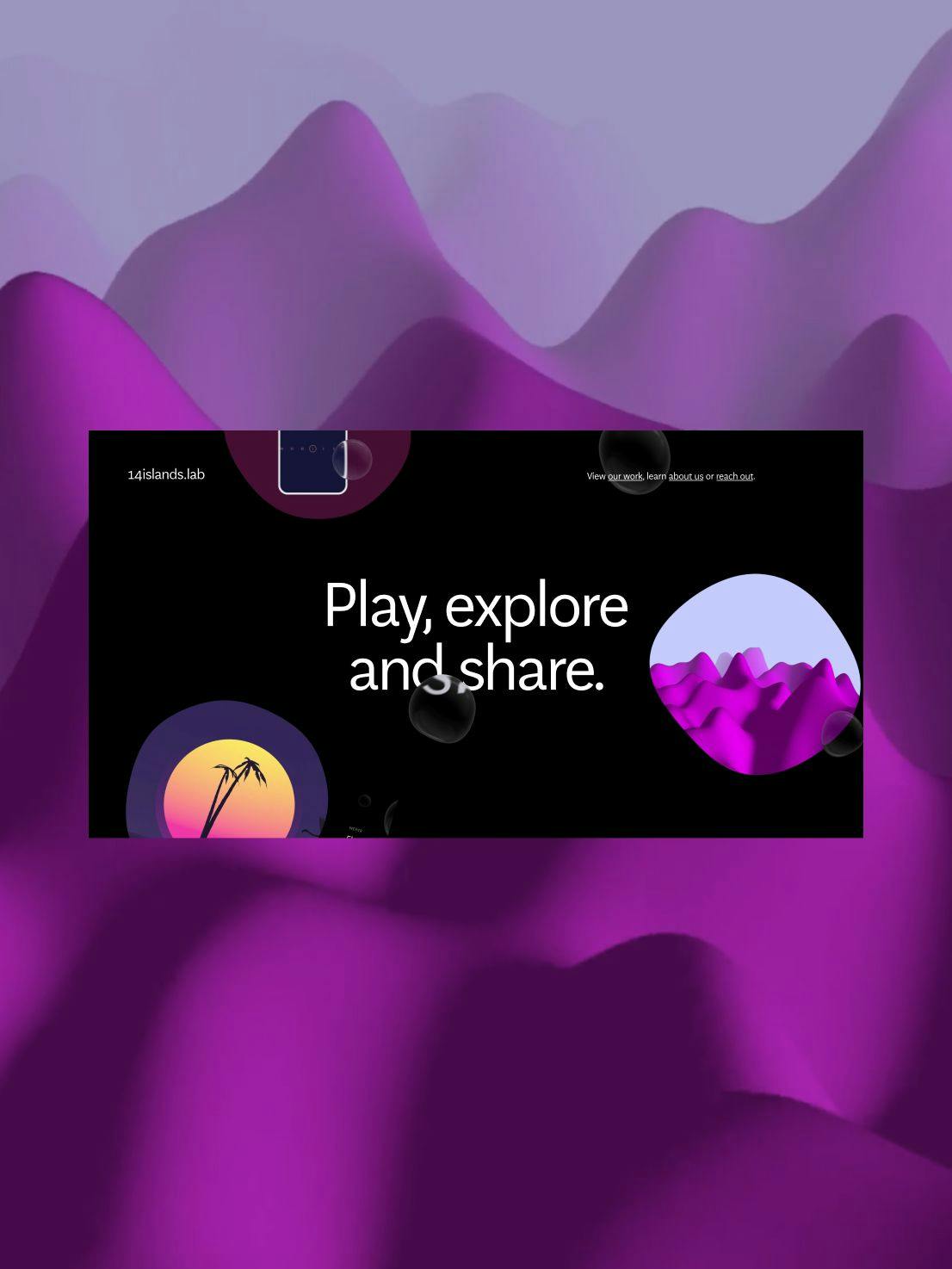This is about
Design
4 minutes
15 Mar 2023
This is about
Design
4 minutes
15 Mar 2023
The power of Brand Archetypes
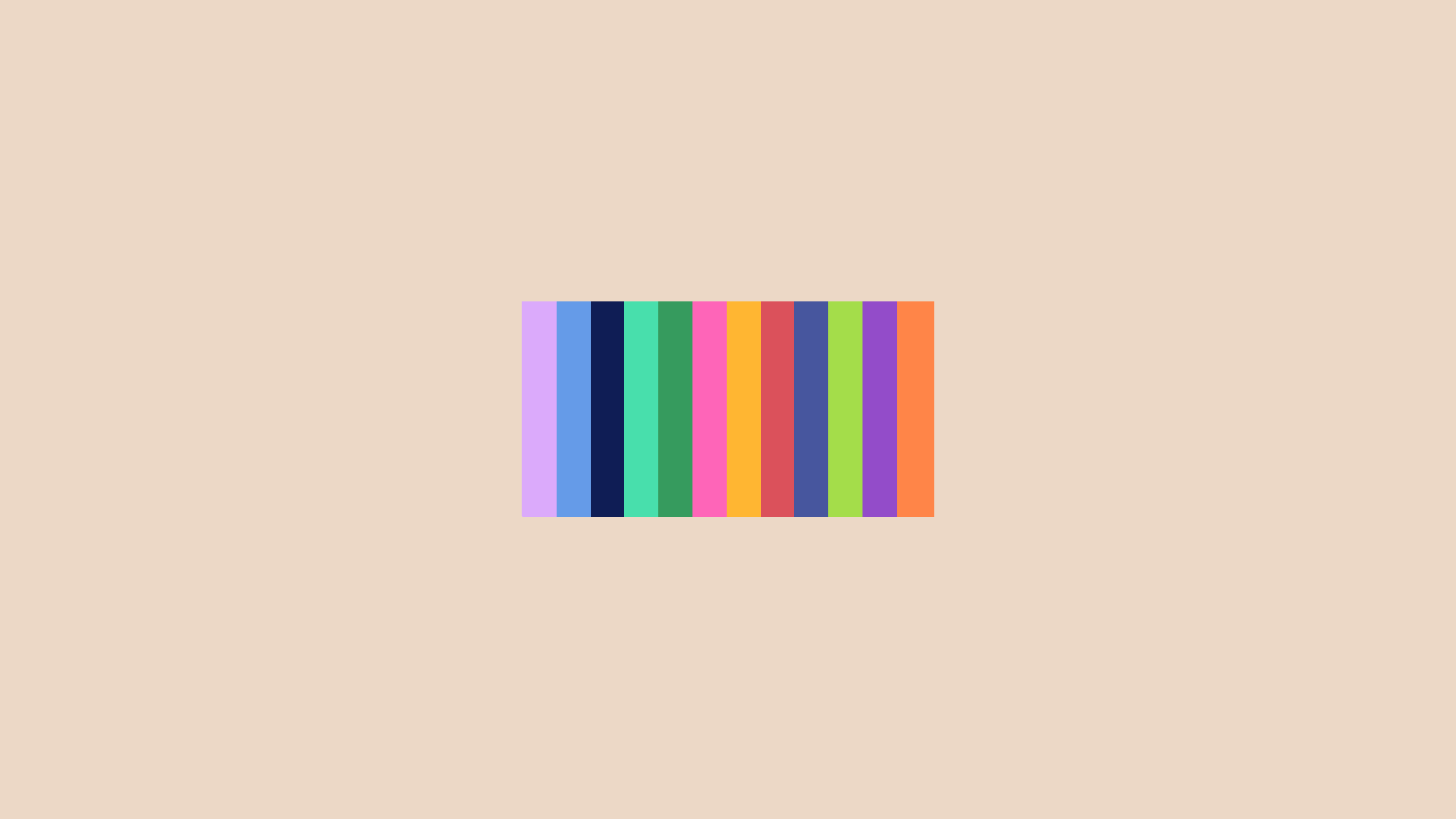
Through brand workshops, we collaborate with new brands and companies to define their identity. This interactive process allows us to understand our clients and establish a common tool for remote work. To facilitate this, we imagined a simple platform to determine clients' Band Archetypes and provide a starting point for our work together.
What’s a brand archetype?
The economist, Georges Loewenstein, whose goal was to bring emotions back into the field of economic theory, said that most of the brain is dominated by automatic processes, rather than deliberate thought. Much of what happens in the brain is emotional, not cognitive.
This statement is the basis of the theory of archetypes and the work developed by psychologists Carl Jung and Joseph Campbell that archetypes are universal, mythical characters that can be found in all cultures. They are instantly familiar to us because they are primal and instinctive. Every human can relate to and connect with them.
Building on this idea, the brand archetype is a powerful marketing tool that helps find a brand personality. The personification of the brand allows the public to emotionally connect to it. By using an archetype, the brand humanizes its values, history, and mission.
Our idea of building a branding tool is not a way to glorify archetypes, but simply an excuse for making a fun and engaging tool for people to use, and for our clients to easily find their voice.
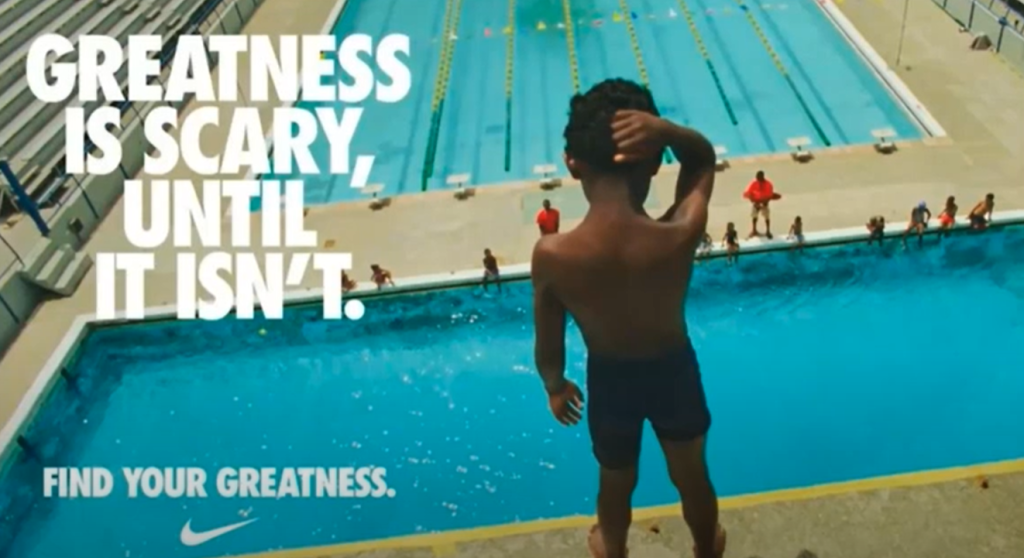
Why use them?
Brand archetypes represent patterns of behaviour in the collective unconscious. And since they are understandable and recognizable by all, they will help awaken emotion in the target audience and attract them to the brand or product.
In detail, it enables a brand to:
- Attract ideal customers/users,
- Differentiate and affirm its authentic positioning on the market,
- Express a unique brand personality,
- Ensure consistency in all communication and marketing strategies
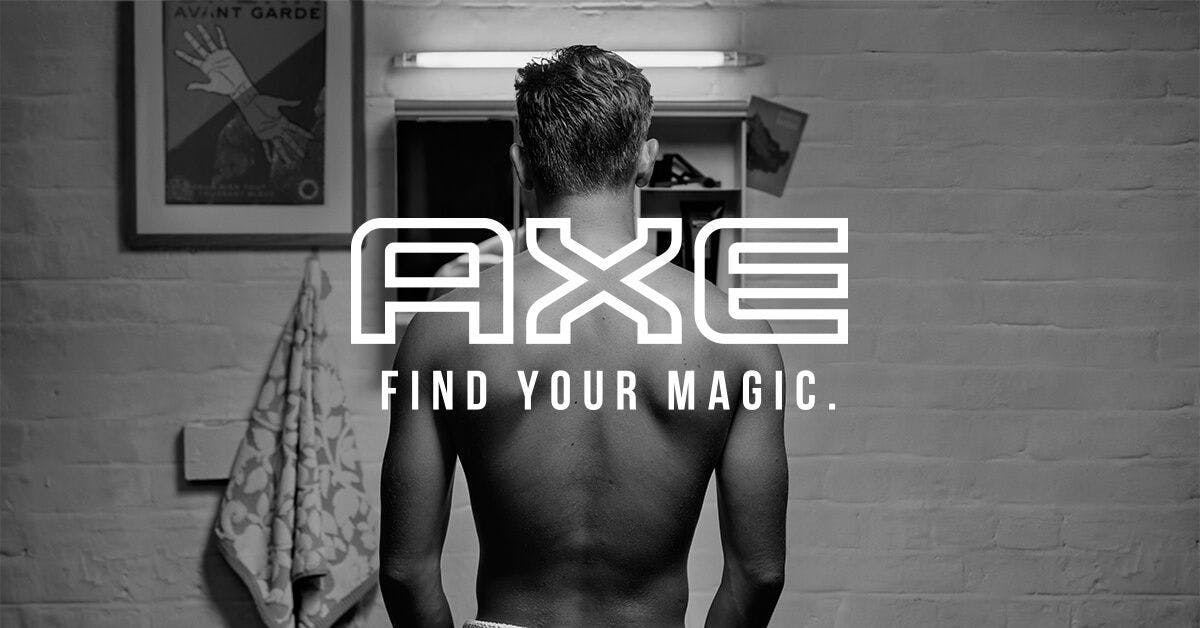
What are archetypes?
It's important to remember that an archetype is not a stereotype. While both can serve as basic models that are easy to recognize and remember, the brand archetype should be enriched with a certain uniqueness, while the stereotype is overly simplified down to its main and cliched characteristics.
After all, the goal is not for all brands to look the same. On the contrary...
Here are the 12 archetypes:
The Caregiver - Caretaker, altruist, saint, parent, helper, supporter.
The Creator - The artist, innovator, inventor, musician, writer.
The Explorer - Adventurer, seeker, pilgrim.
The Hero - Crusader, rescuer, dragon slayer, competitor.
The Innocent - Utopian, traditionalist, saint, dreamer.
The Jester - Joker, trickster, punster, entertainer, clown, prankster, comedian.
The Lover - Partner, intimate, matchmaker, a sensualist.
The Magician - Visionary, catalyst, innovator, charismatic leader, mediator, shaman, healer.
The Outlaw - The outlaw, revolutionary, villain, wild man/woman, misfit.
The Everyman - The good boy, regular man, girl next door, the realist, the working stiff, the good neighbour.
The Ruler - The boss, leader, aristocrat, politician, responsible citizen, role model, manager, administrator.
The Sage - Expert, scholar, detective, oracle, professional, mentor, teacher, philosopher.
How to define your archetype?
The market is saturated with similar products. And now that AI is taking over the world, clients find themselves competing with companies from everywhere. The only solution: stand out!
Depending on a company’s sector, the brand archetype might be obvious. This is, for example, the case with most outdoor equipment companies, which correspond perfectly to the archetype of the Explorer, or a lot of NGOs, which attract the Caregiver. But it is not always so simple.
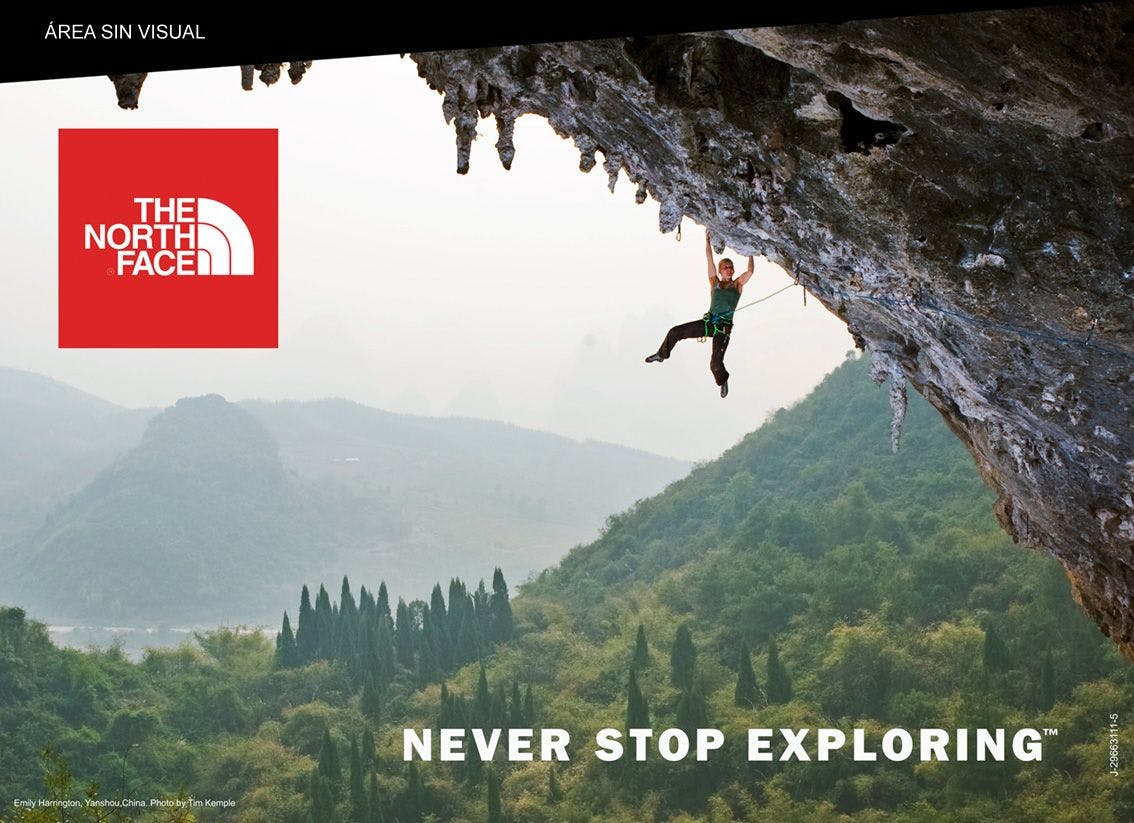
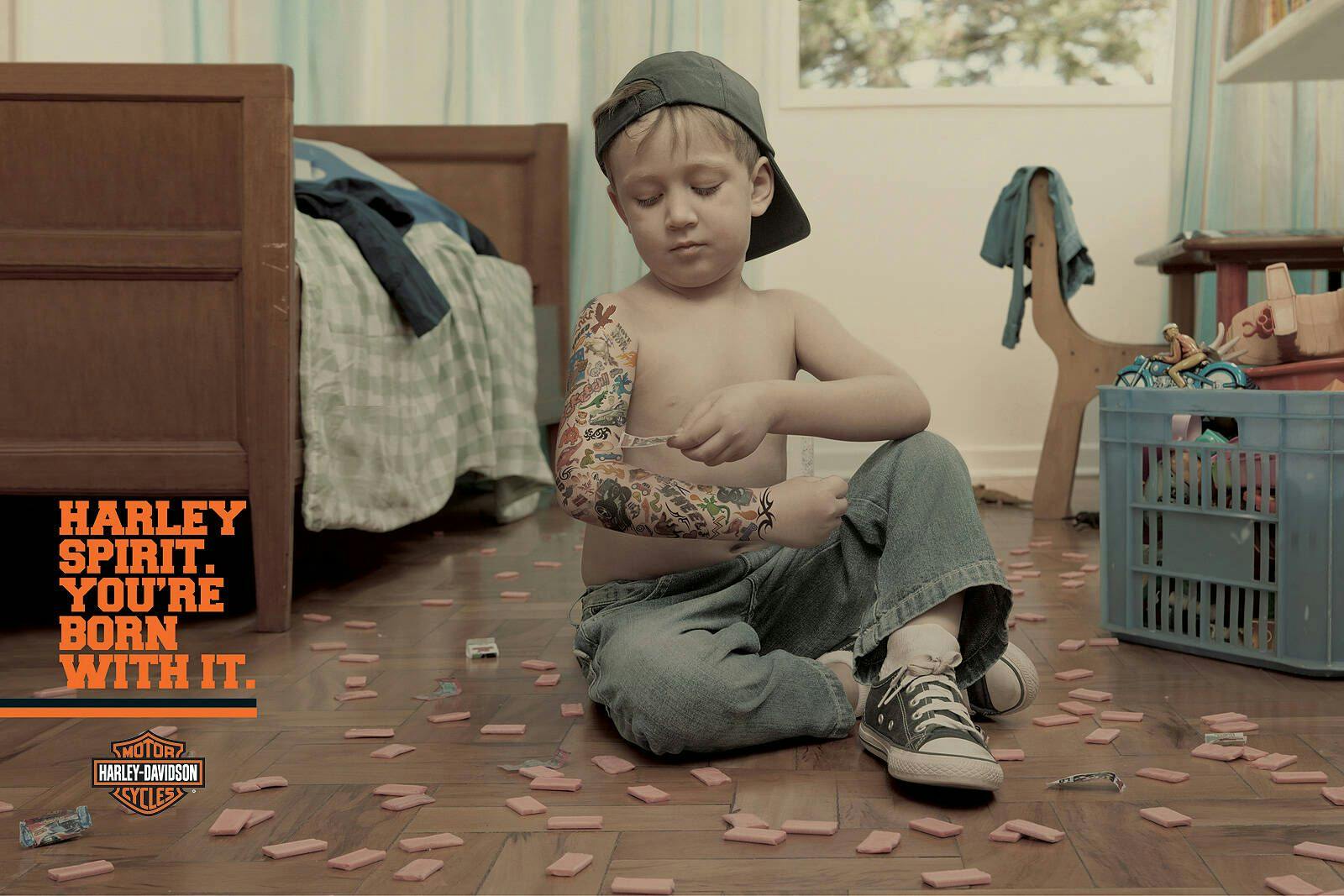
What you should consider while using the tool?
- What could your organization do more of?
- What is most authentic to you? What comes most naturally? What do you excel at?
- What is your purpose? What is important for your company/business?
- Who do you want to attract? Who are you positioning yourself for?
How to bring the archetype to life?
We envisioned a deck of cards that features the 12 archetypes. There are two ways to assist clients in selecting the archetype that best represents their brand:
- Browse through the 12 cards
- Narrow down to a primary archetype by answering a few critical questions
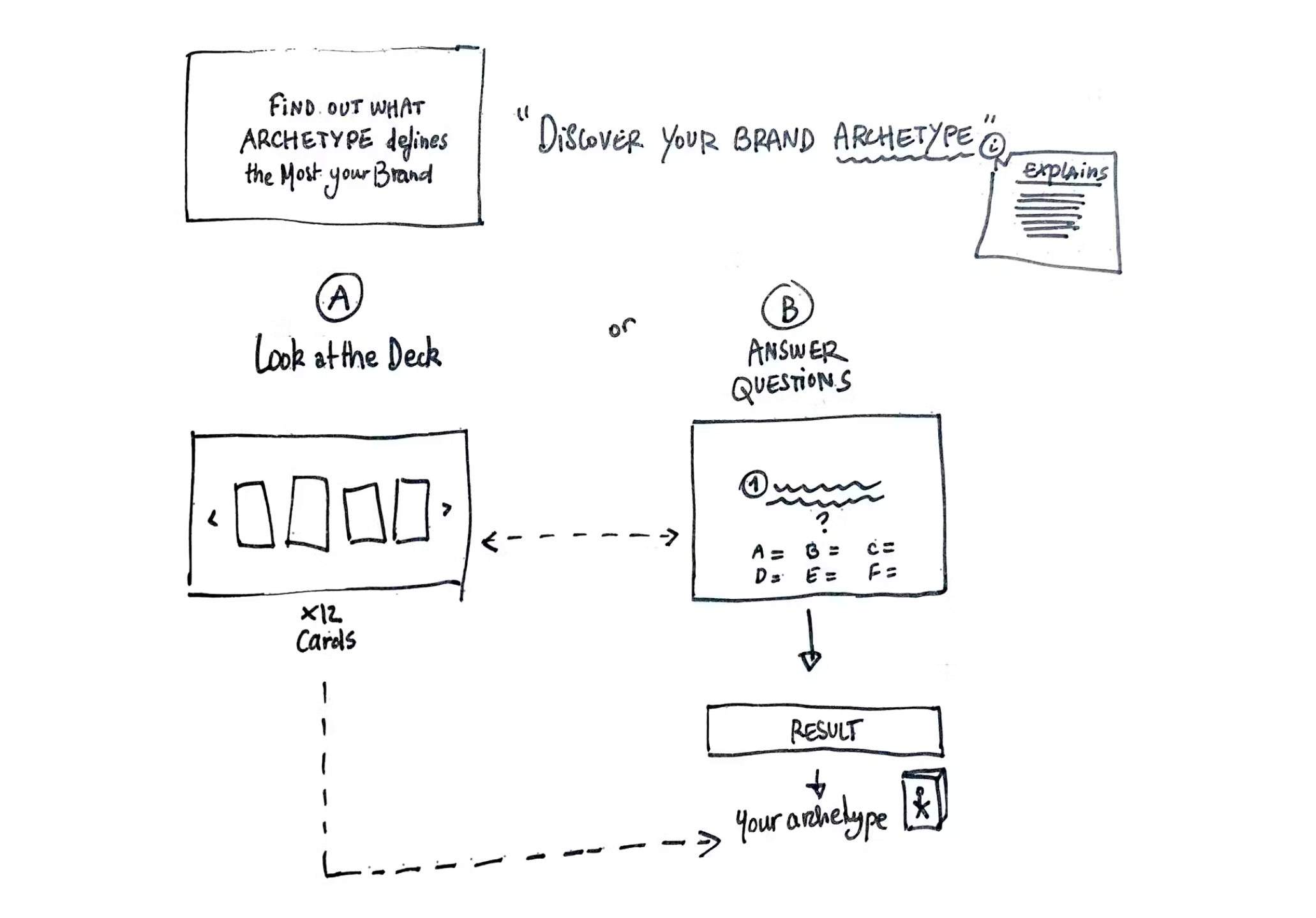
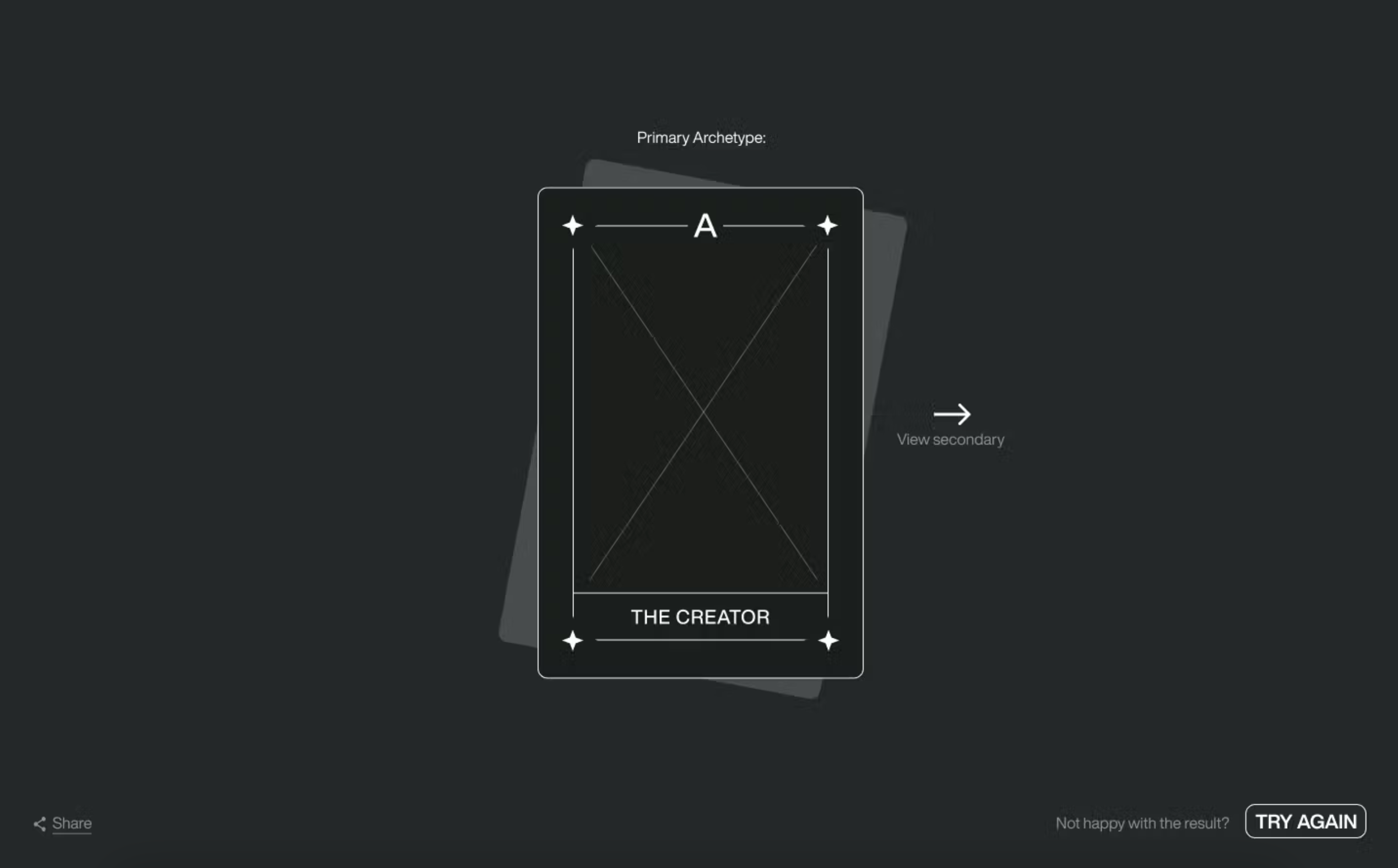
Keep an eye on our Friday hacks. You may get the link to our interactive tool very soon.
In the meantime, check out the Pluto Project, for whom we’ve used Brand Archetype to build their XR brand.
And get in touch if you’re interested in working with us!
Droplets
Droplets
Sign-up to get the latest insight from 14islands. We send a newsletter only once every quarter with inspirational links and creative news. It's short and sweet. You can unsubscribe it at any time.

